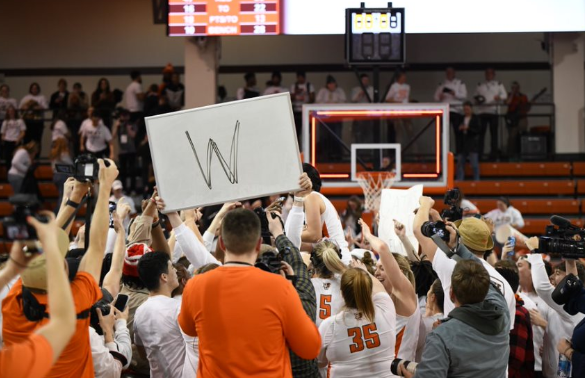Just like the Cleveland Indians are my favorite baseball team, Halloween has always been one of my favorite holidays. But unlike the Cleveland Indians, I try my best to be aware of wearing costumes that could be culturally insensitive.
My first Halloween in college, I really wanted to be a geisha for Halloween. Thankfully, being a broke freshman prevented me from having this costume, but the more Native American studies classes I took in college, the more I started hearing and learning about what is called “cultural appropriation.”
To put it in simplest terms, cultural appropriation is when someone adopts elements of a culture they do not belong to. In the United States, cultural appropriation almost always involves members of the dominant culture “borrowing” from the cultures of minority groups. This is not to be confused with “cultural exchange,” which is when two people from two different cultures mutually share them with one another.
The most famous example of this, is Native American war bonnets. Often seen being worn by nonindigenous girls who are attending a music concert, war bonnets are given to Native American soldiers who fight in wars. Think of them as Purple Hearts.
Not wearing culturally or racially insensitive costumes is essential to helping in creating a conversation about racism and stereotypes about the people the costumes are meant to portray. These conversations are important to have, because while the majority of people believe that if these costumes aren’t meant to be taken in harmful ways, they can’t be harmful. But the reality of it is that it is simply not true.
Just because something isn’t meant to be offensive, doesn’t stop it from offending the people it is targeted at. Such as the argument with Chief Wahoo, but I will save that column for after the World Series.
While I cannot tell you what you should or should not wear for Halloween, I can help you navigate through your search for a costume.
First and foremost, do not use blackface. Blackface is makeup used by nonblack performers who are playing a black role. There are variants of this for other Latinos, Native Americans and Asians: brownface, redface and yellowface. The entire point of this makeup technique is to create a comedic portrayal of the people whose skin color you are painting on yourself.
Second, try to refrain from sexualizing minorities. Wanting a geisha costume is obviously no longer a good idea for me, since Japanese women (and Asian women overall) have a history of being fetishized for their looks. This being said, be aware of “sexy gypsy costumes” as the Roma people of Europe are still a living culture and still face harassment in Europe.
Thirdly, if you’re truly indecisive, go as either an animal or something mythical. The whole point of Halloween is to get scary and spooky. Splatter some fake blood on that old school uniform. Cartoon characters are also always solid costumes.
Since people always have the choice of free will, I know there will be people who decide to go with costumes that could be seen as culturally appropriative. If you decide on one of these costumes, please be aware of the conversations people may want to try to give you an explanation as to why your costume is wrong. Please do not walk away from these people. It may be difficult, but communication is the key to having these conversations and better understanding each other.






